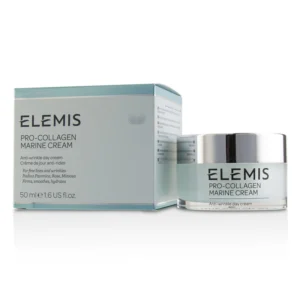Have you ever experienced a sudden rush of warmth and redness in your face? This common phenomenon, known as flushed face, can be caused by various factors, ranging from everyday situations to underlying medical conditions. While occasional flushing is usually harmless, understanding the root cause can help you manage and address it effectively.
Table of Contents
What is Flushed Face?
Flushed face, also known as facial flushing, is characterized by temporary redness and warmth in the skin, typically on the cheeks and forehead. It occurs when blood vessels near the skin’s surface widen, allowing more blood to flow through them. This increased blood flow causes the skin to become flushed and feel warm.
Common Causes of Flushed Face:
- Emotional Responses: Emotions like embarrassment, anger, and anxiety can trigger the release of hormones that cause blood vessels to dilate, leading to flushed face.
- Rosacea: This chronic skin condition causes facial redness, flushing, and visible blood vessels.
- Spicy Foods: Capsaicin, a compound found in chili peppers, can stimulate the nerve endings in your skin, leading to flushing.
- Alcohol Consumption: Alcohol consumption can cause blood vessels to dilate, resulting in flushed face.
- Menopause: Hormonal changes during menopause can cause hot flashes, which often present with flushed face, sweating, and heart palpitations.
- Medications: Certain medications, such as blood pressure medications, steroids, and niacin, can cause flushed face as a side effect.
- Medical Conditions: Some underlying medical conditions, such as high blood pressure, thyroid disorders, and autoimmune diseases, can also cause flushed face.
When to See a Doctor:
While occasional flushed face is usually not a cause for concern, seeking medical advice is crucial if you experience:
- Frequent or persistent flushing
- Flushed face accompanied by other symptoms like fever, headache, or dizziness
- Flushed face that suddenly appears or worsens significantly
Treatment Options for Flushed Face:
The treatment for flushed face depends on the underlying cause. Here are some general approaches:
- Identifying and addressing triggers: If your flushed face is triggered by specific factors like spicy foods or alcohol, avoiding those triggers can help prevent episodes.
- Managing underlying conditions: If an underlying medical condition is causing flushed face, treating the condition can help alleviate the symptom.
- Medications: In some cases, medications like topical creams or beta-blockers may be prescribed to manage flushing.
- Rosacea-specific treatments: For individuals with rosacea, various topical medications and laser treatments can help control the condition and reduce flushing.
Conclusion:
Experiencing flushed face can be a bothersome occurrence. By understanding the potential causes and seeking medical advice when necessary, you can effectively manage this condition and improve your overall well-being. If you are experiencing frequent or concerning flushed face, Glow Theory Med Spa in Carlsbad is here to help. Our team of experienced professionals can offer personalized consultations and explore potential treatment options to address your specific needs.
Additional Tips:
- Maintaining a cool environment: Staying cool by using air conditioning or a fan can help prevent flushing episodes.
- Stress management: Techniques like yoga, meditation, and deep breathing can help manage stress and reduce emotional triggers for flushing.
- Sun protection: Wearing sunscreen and protective clothing can help prevent sunburns, which can trigger flushing.
Disclaimer: This article provides general information only and does not substitute for professional medical advice. Always consult with a qualified healthcare professional for diagnosis and treatment of any medical condition.
Citations:







